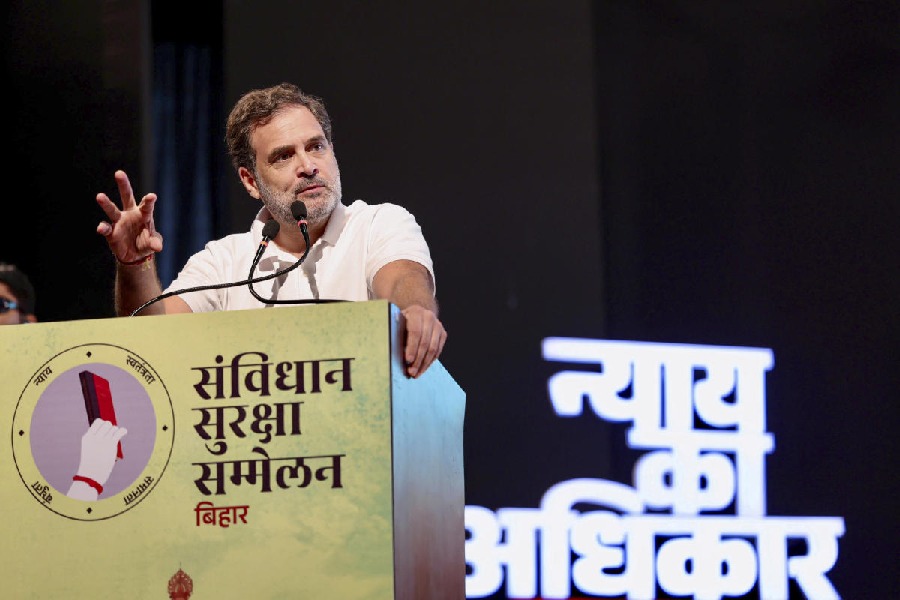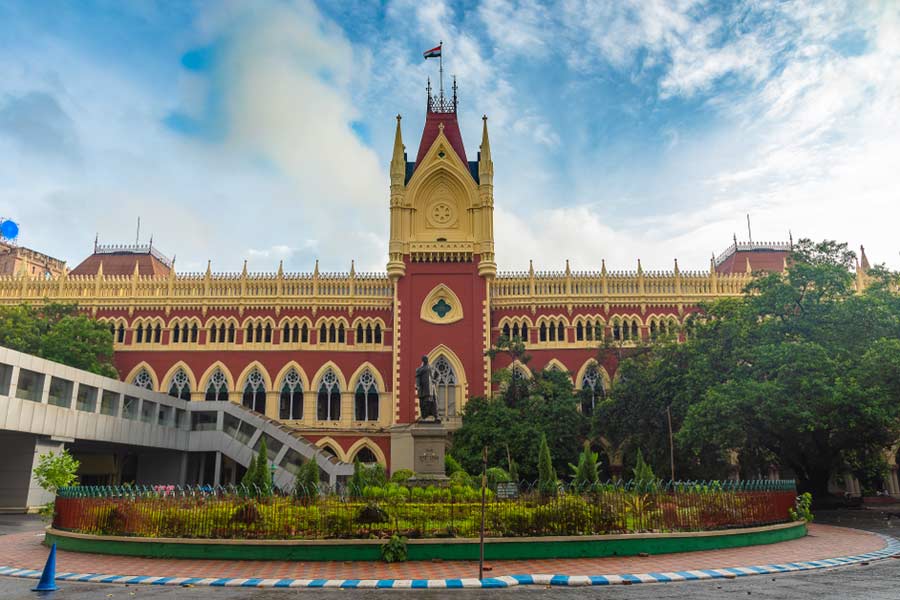 |
| Gregor Schneider at the CIMA Gallery on Friday, where he unveiled a model of the Puja pandal he will be building over the next few months. (Amit Datta) |
A tiny slice of Germany is going to be stowed into a familiar corner of Calcutta this Durga Puja.
Gregor Schneider, one of Germany’s best known contemporary artists, is going to create what is arguably an unprecedented work of public art in the city for the Puja organised by Ekdalia Evergreen Club.
Since Subrata Mukherjee became its honorary president in the 1970s, Ekdalia Evergreen Club has carved an enviable reputation for itself with its unique ventures during Durga Puja each year. But even by established standards, this project will be a “historic event”, club secretary Gautam Mukherjee said.
The project, “It’s all Rheydt Kolkata 2011: Unterheydner Strasse”, will be presented by the Goethe-Institut, India, in collaboration with Ekdalia Evergreen Club, as part of the 15-month-long celebrations of the Year of Germany in India, said Reimar Volker, the director of Max Mueller Bhavan, Calcutta.
Speaking at CIMA Gallery on Friday evening, Schneider outlined some of the seminal ideas behind his work, before unveiling a provisional model of the colossal structure that will be built over the next few months by him and a group of artisans from Midnapore.
Schneider is best known for the “constructed rooms” that he started building in his old family house in his hometown, Rheydt, when he was just 15 years old. By 16, he had his first solo exhibition, and in 2001, one such room installed at the German Pavilion at the Venice Biennale won the prestigious Golden Lion award.
Schneider’s rooms, which are painstakingly reconstructed within existing rooms, dissolve the boundary between life and art.
 |
| The Ekdalia Evergreen Durga Puja pandal in 2010. A Telegraph picture |
Often, visitors do not realise that they are actually standing inside a work of art even as they explore every corner of these strange and sublime spaces. These rooms are also not stationary objects, as Schneider likes to play around with their dimensions and their constituent elements.
Indeed, some of these rooms are quite literally mobile: their walls move, their ceilings go up or come down, and some sections are insulated in such a manner as to not let anyone imagine what is beyond a particular wall. Clinical and cold, these spaces have their own insidious dynamics. “The more I build a room,” says Schneider, “the more unfamiliar it becomes.”
One of these restless rooms is going to house the ten-armed goddess this year. Apart from generating their own layers of meaning, these rooms are expected to bring into sharp focus the conflict between public and private spaces. The shape-shifting nature of these rooms is also consonant with the spirit of the festival, which takes months of preparation, is celebrated for less than a week, and then consigned to the holy waters of the river.
In fact, this temporality of the festival is one of the reasons why Schneider says he feels so attracted to the concept. He too plans to immerse a part of his work in the Ganges at the end of the five-day festival.
But that is not all. Schneider also wants to have a Puja pandal from Calcutta rebuilt by artisans in Germany. That, of course, will be another story.











